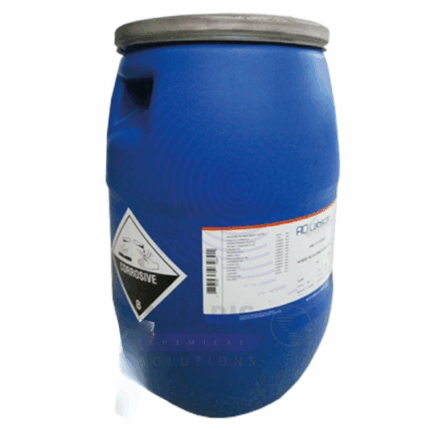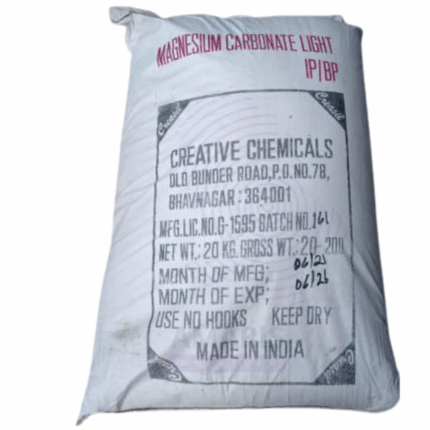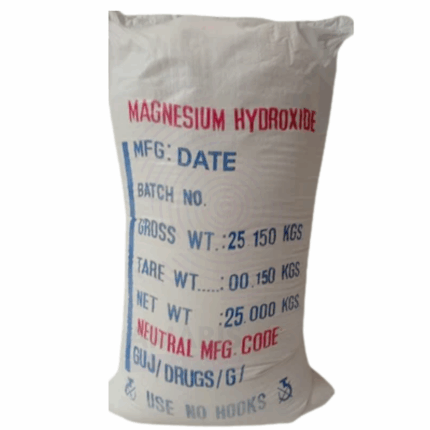“Hydrochloric Acid HCL 270 kg Drum” has been added to your cart. View cart
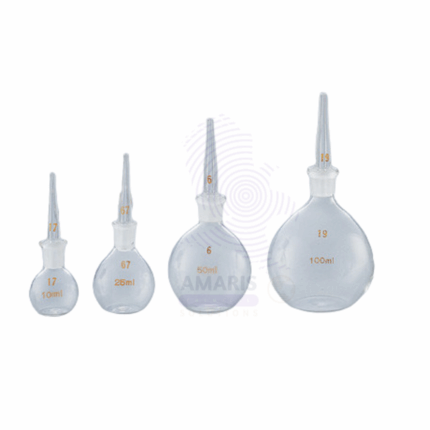
Density Bottle
$ 17.25 Original price was: $ 17.25.$ 17.08Current price is: $ 17.08.
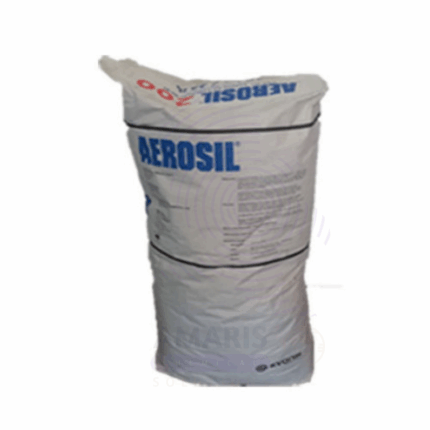
Aerosil 200
$ 6.21
Adipic Acid
$ 3.20
Whatsapp Order
Adipic acid is a white, crystalline dicarboxylic acid with the chemical formula C₆H₁₀O₄. It is primarily used as a key raw material in the production of nylon 6,6 and also finds applications in plasticizers, polyurethanes, lubricants, and food additives (as an acidity regulator, E355).
Categories: Acidulants, Monomers, pH Adjusters
Tags: Adhesives and sealants, Adipic acid, Plasticizer manufacturing, Resin and coating additive
Description
Table of Contents
Toggle
Adipic Acid
Primary Uses
- Nylon 6,6 Production
- The #1 industrial use (~90% of global adipic acid).
- Reacts with hexamethylenediamine (HMDA) to form Nylon 6,6, used in:
- Textiles (clothing, carpets)
- Engineering plastics (car parts, electronics)
- Industrial fibers (ropes, tire cords)
- Polyurethane Foams
- Key components in flexible foams (mattresses, car seats) and coatings/adhesives.
- Food & Beverage Additive (E355)
- Acidulant in gelatin, powdered drinks, and baking powders (imparts tartness).
- pH adjuster in processed foods (regulated for safe consumption).
- Plasticizers
- Used in PVC products (cables, flooring) to improve flexibility.
- Lubricants & Greases
- Enhances thermal stability in synthetic lubricants.
Secondary Uses
- Pharmaceuticals
- Precursor for controlled-release drug formulations.
- Used in antiseptic and antifungal creams.
- Cosmetics
- pH adjuster in lotions and creams.
- Agriculture
- Slow-release fertilizer coatings.
- Electronics
- Etching agent in semiconductor manufacturing.
- Military & Explosives
- Historical use in ammonium adipate propellants (less common today).
KEY PRODUCT ATTRIBUTES
1. Basic Identification Attributes
- Chemical Name (IUPAC): Hexanedioic acid
- Common/Trade Names:
- Adipic acid
- 1,4-Butanedicarboxylic acid
- AA (abbreviation)
- CAS Number: [124-04-9]
- HS Code: 2917.12.00 (Acyclic polycarboxylic acids)
- Molecular Formula: C₆H₁₀O₄
- Synonyms:
- Acifloctin
- Adilactetten
- Hexane-1,6-dioic acid
2. Physical & Chemical Properties
- Physical State: White crystalline powder
- Color & Odor: White; odorless
- Melting Point: 152–154°C (305–309°F)
- Boiling Point: 337°C (639°F) (decomposes)
- Density: 1.36 g/cm³ (at 25°C)
- Solubility:
- Water: 14 g/L (20°C), highly soluble in hot water
- Organic solvents: Soluble in ethanol, acetone; slightly soluble in ether
- pH Level: ~3.5 (0.1% solution, acidic)
- Vapor Pressure: <0.1 mmHg (20°C)
- Flash Point: 196°C (385°F) (closed cup)
- Autoignition Temperature: 420°C (788°F)
- Viscosity: N/A (solid)
- Refractive Index: 1.428 (20°C)
3. Safety & Hazard Attributes
- Hazard Class (GHS):
- Skin Irritation (Category 2)
- Eye Irritation (Category 2A)
- Not flammable or explosive
- NFPA Ratings:
- Health: 1
- Flammability: 1
- Reactivity: 0
- Exposure Limits:
- OSHA PEL: 5 mg/m³ (total dust)
- ACGIH TLV: 5 mg/m³ (inhalable particles)
- Reactivity:
- Stable under normal conditions
- Reacts with strong oxidizers (e.g., peroxides, chlorates)
- Forms salts with bases
4. Storage & Handling Attributes
- Storage Conditions:
- Cool, dry, well-ventilated area
- Keep away from oxidizers and moisture
- Incompatible Materials:
- Strong bases (e.g., NaOH)
- Strong oxidizers (e.g., nitric acid)
- Container Type:
- Polyethylene-lined bags or fiber drums
- Stainless steel for bulk storage
- Shelf Life: Indefinite if stored properly
- Special Handling:
- Use dust masks (NIOSH N95) to avoid inhalation
- Wear gloves and goggles to prevent irritation
5. Regulatory & Compliance Attributes
- Regulatory Status:
- FDA (USA): Approved for food use (21 CFR 184.1009)
- EU: Food additive E355
- REACH: Registered
- Hazard Symbols (GHS):
- Exclamation mark (irritant)
- Transportation Restrictions:
- Not classified as hazardous (non-regulated)
- UN number: None required
- Waste Disposal:
- Incinerate or dispose in licensed landfills
- Neutralize with base if required
6. Environmental & Health Impact
- Ecotoxicity:
- LC50 (fish): >100 mg/L (low toxicity)
- EC50 (daphnia): >100 mg/L
- Persistence in Environment:
- Readily biodegradable (>60% in 28 days, OECD 301B)
- Carcinogenicity/Mutagenicity:
- IARC: Not classified
- NTP: Not listed
- OSHA: No carcinogenic effects
- Biodegradability:
- Degrades in water/soil (half-life: days to weeks)
SAFETY HANDLING PRECAUTIONS
Safety precautions
Personal Protective Equipment (PPE):
- Gloves: Nitrile or neoprene
- Eye Protection: Chemical splash goggles
- Respiratory: N95 dust mask (for powder handling)
- Clothing: Lab coat or protective apron
Handling & Storage:
- Store in cool, dry, well-ventilated area
- Keep containers tightly closed
- Avoid contact with strong oxidizers (risk of violent reaction)
- Ground equipment to prevent static discharge
Hygiene Practices:
- No eating/drinking in handling areas
- Wash hands thoroughly after use
- Provide emergency eyewash station
First Aid Measures
Skin Contact:
- Remove contaminated clothing
- Wash with soap and water for 15 minutes
- Seek medical attention if irritation persists
Eye Contact:
- Flush with lukewarm water for 15-20 minutes
- Hold eyelids open during rinsing
- Seek immediate medical attention
Inhalation:
- Move to fresh air
- Administer oxygen if breathing is difficult
- Get medical help if symptoms persist
Ingestion:
- Rinse mouth with water
- Drink milk or water to dilute
- Do NOT induce vomiting
- Seek medical attention
Firefighting Measures
Fire Characteristics:
- Combustible solid (powder form)
- Decomposes at >230°C releasing irritating fumes
- Forms explosive dust-air mixtures
Extinguishing Media:
- Water spray
- Dry chemical powder
- CO₂
- Alcohol-resistant foam
Special Precautions:
- Wear self-contained breathing apparatus (SCBA)
- Cool containers with water spray
- Prevent dust cloud formation
Spill Management
Small Spills:
- Wear appropriate PPE
- Sweep up carefully (avoid raising dust)
- Place in sealed container
Large Spills:
- Dampen with water to control dust
- Use non-sparking tools for cleanup
- Prevent entry into drains/waterways
Disposal:
- Dispose as non-hazardous waste (unless contaminated)
- Follow local regulations
Related products
Caustic Soda Flakes
Caustic Soda Flakes, also known as Sodium Hydroxide Flakes (NaOH), are a highly alkaline, white, solid substance that is crystalline and flaky in form. Produced by evaporating aqueous sodium hydroxide solutions, these flakes are highly soluble in water and exhibit strong corrosive properties. Caustic Soda Flakes are widely used in a variety of industrial, chemical, and manufacturing processes due to their strong alkalinity, ability to saponify fats, and effectiveness in pH adjustment. Their high purity and ease of handling in flake form make them suitable for use in chemical synthesis, pulp and paper production, water treatment, and detergent manufacturing.
Diethanolamine
Diethanolamine is a colorless to pale yellow, viscous liquid with a mild ammonia-like odor. It is a secondary amine and diol, widely used in various industrial, pharmaceutical, and cosmetic applications. DEA is highly soluble in water and many organic solvents. It acts as an intermediate in the synthesis of surfactants, emulsifiers, corrosion inhibitors, and pharmaceuticals. It is valued for its alkalinity, emulsifying properties, and ability to form stable complexes with fatty acids.
Disodium Hydrogen Phosphate
Disodium Hydrogen Phosphate, also known as sodium phosphate dibasic, is an inorganic salt widely used as a buffering agent, emulsifier, and food additive. It appears as a white, odorless crystalline powder or granules that are highly soluble in water and alkaline in nature. It plays a crucial role in maintaining pH balance, stabilizing formulations, and supplying essential sodium and phosphate ions in various industries including food, pharmaceuticals, water treatment, and agriculture.
Disodium Hydrogen Phosphate Dihydrate (Na₂HPO₄·2H₂O)
Disodium Hydrogen Phosphate Dihydrate is the hydrated form of disodium hydrogen phosphate, a white crystalline powder commonly used as a buffering agent, emulsifier, and sequestrant. The dihydrate form contains two water molecules per formula unit, which affects its physical properties such as melting point and solubility. It is widely applied in food, pharmaceutical, water treatment, and industrial processes to maintain pH stability, improve texture, and supply essential sodium and phosphate ions.
Magnesium Carbonate Light
Magnesium Carbonate Light is a fine, white, odorless powder primarily composed of magnesium carbonate (MgCO₃). It is characterized by its light texture and high purity. This mineral compound is widely used across various industries due to its excellent absorption properties, mild alkalinity, and non-toxic nature. Magnesium Carbonate Light is commonly employed as an antacid, drying agent, filler, and flow aid in food, pharmaceutical, cosmetic, and industrial applications.
Magnesium Chloride
Magnesium Chloride is a white crystalline salt or granular solid composed of magnesium and chloride ions, commonly found as the hexahydrate form (MgCl₂·6H₂O). It is highly soluble in water, forming a clear, colorless solution with a slightly bitter saline taste. Magnesium Chloride is valued for its hygroscopic properties and is widely used across multiple industries including de-icing, chemical manufacturing, agriculture, food, pharmaceutical, and textile applications. It acts as a source of magnesium, a vital mineral for various biological and industrial processes.
Magnesium Hydroxide BP
Magnesium Hydroxide BP is a white, odorless, fine powder or suspension with the chemical formula Mg(OH)₂. It is a pharmacopeial grade material meeting British Pharmacopoeia standards, widely used for its antacid, laxative, and neutralizing properties. Magnesium Hydroxide BP is sparingly soluble in water, releasing hydroxide ions that neutralize acids and increase pH. It finds broad applications in pharmaceuticals, water treatment, environmental management, and industrial processes.
Magnesium Sulphate Epsom Salt
Magnesium Sulphate Epsom Salt, commonly known as Epsom Salt, is an inorganic salt composed of magnesium, sulfur, and oxygen with the formula MgSO₄. It typically appears as colorless or white crystalline granules and is highly soluble in water. In its heptahydrate form (MgSO₄·7H₂O), it is widely used in agriculture, pharmaceuticals, food, and industrial applications. Epsom Salt is valued for its muscle relaxant, laxative, and magnesium supplementation properties, as well as for its role in improving soil fertility and plant growth.


 Preservatives(food)
Preservatives(food) Flavor Enhancers
Flavor Enhancers Acidulants
Acidulants Sweeteners
Sweeteners Antioxidants
Antioxidants Colorants(food)
Colorants(food) Nutraceutical Ingredients (food)
Nutraceutical Ingredients (food) Nutrient Supplements
Nutrient Supplements Emulsifiers
Emulsifiers
 Collectors
Collectors Dust Suppressants
Dust Suppressants Explosives and Blasting Agents
Explosives and Blasting Agents Flocculants and Coagulants
Flocculants and Coagulants Frothers
Frothers Leaching Agents
Leaching Agents pH Modifiers
pH Modifiers Precious Metal Extraction Agents
Precious Metal Extraction Agents
 Antioxidants(plastic)
Antioxidants(plastic) Colorants (Pigments, Dyes)
Colorants (Pigments, Dyes) Fillers and Reinforcements
Fillers and Reinforcements Flame Retardants
Flame Retardants Monomers
Monomers Plasticizers
Plasticizers Polymerization Initiators
Polymerization Initiators Stabilizers (UV, Heat)
Stabilizers (UV, Heat)
 Antifoaming Agents
Antifoaming Agents Chelating Agents
Chelating Agents Coagulants and Flocculants
Coagulants and Flocculants Corrosion Inhibitors
Corrosion Inhibitors Disinfectants and Biocides
Disinfectants and Biocides Oxidizing Agents
Oxidizing Agents pH Adjusters
pH Adjusters Scale Inhibitors( water)
Scale Inhibitors( water)
 Antioxidants(cosmetic)
Antioxidants(cosmetic) Emollients
Emollients Fragrances and Essential Oils
Fragrances and Essential Oils Humectants
Humectants Preservatives
Preservatives Surfactants(cosmetic)
Surfactants(cosmetic) Thickeners
Thickeners UV Filters
UV Filters
 Fertilizers
Fertilizers Soil Conditioners
Soil Conditioners Plant Growth Regulators
Plant Growth Regulators Animal Feed Additives
Animal Feed Additives Biostimulants
Biostimulants Pesticides (Herbicides, Insecticides, Fungicides)
Pesticides (Herbicides, Insecticides, Fungicides)
 Active Pharmaceutical Ingredients (APIs)
Active Pharmaceutical Ingredients (APIs) Excipients
Excipients Solvents(pharmaceutical)
Solvents(pharmaceutical) Antibiotics
Antibiotics Antiseptics and Disinfectants
Antiseptics and Disinfectants Vaccine Adjuvants
Vaccine Adjuvants Nutraceutical Ingredients (pharmaceutical)
Nutraceutical Ingredients (pharmaceutical) Analgesics & Antipyretics
Analgesics & Antipyretics
 Analytical Reagents
Analytical Reagents Solvents(lab)
Solvents(lab) Chromatography Chemicals
Chromatography Chemicals Spectroscopy Reagents
Spectroscopy Reagents microbiology-and-cell-culture-reagents
microbiology-and-cell-culture-reagents Molecular Biology Reagents
Molecular Biology Reagents Biochemical Reagents
Biochemical Reagents Inorganic and Organic Standards
Inorganic and Organic Standards Laboratory Safety Chemicals
Laboratory Safety Chemicals Specialty Laboratory Chemicals(Special Laboratory Equipment)
Specialty Laboratory Chemicals(Special Laboratory Equipment)
 Demulsifiers
Demulsifiers Hydraulic Fracturing Fluids
Hydraulic Fracturing Fluids Scale Inhibitors(oil)
Scale Inhibitors(oil) Surfactants(oil)
Surfactants(oil) Drilling Fluids
Drilling Fluids
 Dyes and Pigments
Dyes and Pigments Bleaching Agents
Bleaching Agents Softening Agents
Softening Agents Finishing Agents
Finishing Agents Antistatic Agents
Antistatic Agents
 Admixtures
Admixtures Waterproofing Agents
Waterproofing Agents Sealants and Adhesives
Sealants and Adhesives Curing Compounds
Curing Compounds Concrete Repair Chemicals
Concrete Repair Chemicals Anti-Corrosion Coatings
Anti-Corrosion Coatings
 Surfactants(cleaning)
Surfactants(cleaning) Builders
Builders Enzymes
Enzymes Solvents (Cleaning)
Solvents (Cleaning) Fragrances
Fragrances
 Electronic Chemicals
Electronic Chemicals Catalysts
Catalysts Lubricants
Lubricants Photographic Chemicals
Photographic Chemicals Refrigerants
Refrigerants Automotive chemicals
Automotive chemicals Pyrotechnic Chemicals
Pyrotechnic Chemicals
 Biodegradable Surfactants
Biodegradable Surfactants Bio-based Solvents
Bio-based Solvents Renewable Polymers
Renewable Polymers Carbon Capture Chemicals
Carbon Capture Chemicals Wastewater Treatment Chemicals
Wastewater Treatment Chemicals
 Pigments
Pigments Solvents(paint)
Solvents(paint) Specialty Coatings
Specialty Coatings Binders/Resins
Binders/Resins Additives
Additives Driers
Driers Anti-Corrosion Agents
Anti-Corrosion Agents Functional Coatings
Functional Coatings Application-Specific Coatings
Application-Specific Coatings
 Fresh Herbs
Fresh Herbs Ground Spices
Ground Spices Whole Spices
Whole Spices Spice Blends
Spice Blends Dried Herbs
Dried Herbs
 Leavening Agents
Leavening Agents Dough Conditioners
Dough Conditioners Flour Treatments
Flour Treatments Fat Replacers
Fat Replacers Decoratives
Decoratives Preservatives(baking)
Preservatives(baking)
 Plasticizers & Softeners
Plasticizers & Softeners Reinforcing Agents
Reinforcing Agents Adhesion Promoters
Adhesion Promoters Vulcanizing Agents
Vulcanizing Agents Antidegradants
Antidegradants Blowing Agents
Blowing Agents Fillers & Extenders
Fillers & Extenders Accelerators & Retarders
Accelerators & Retarders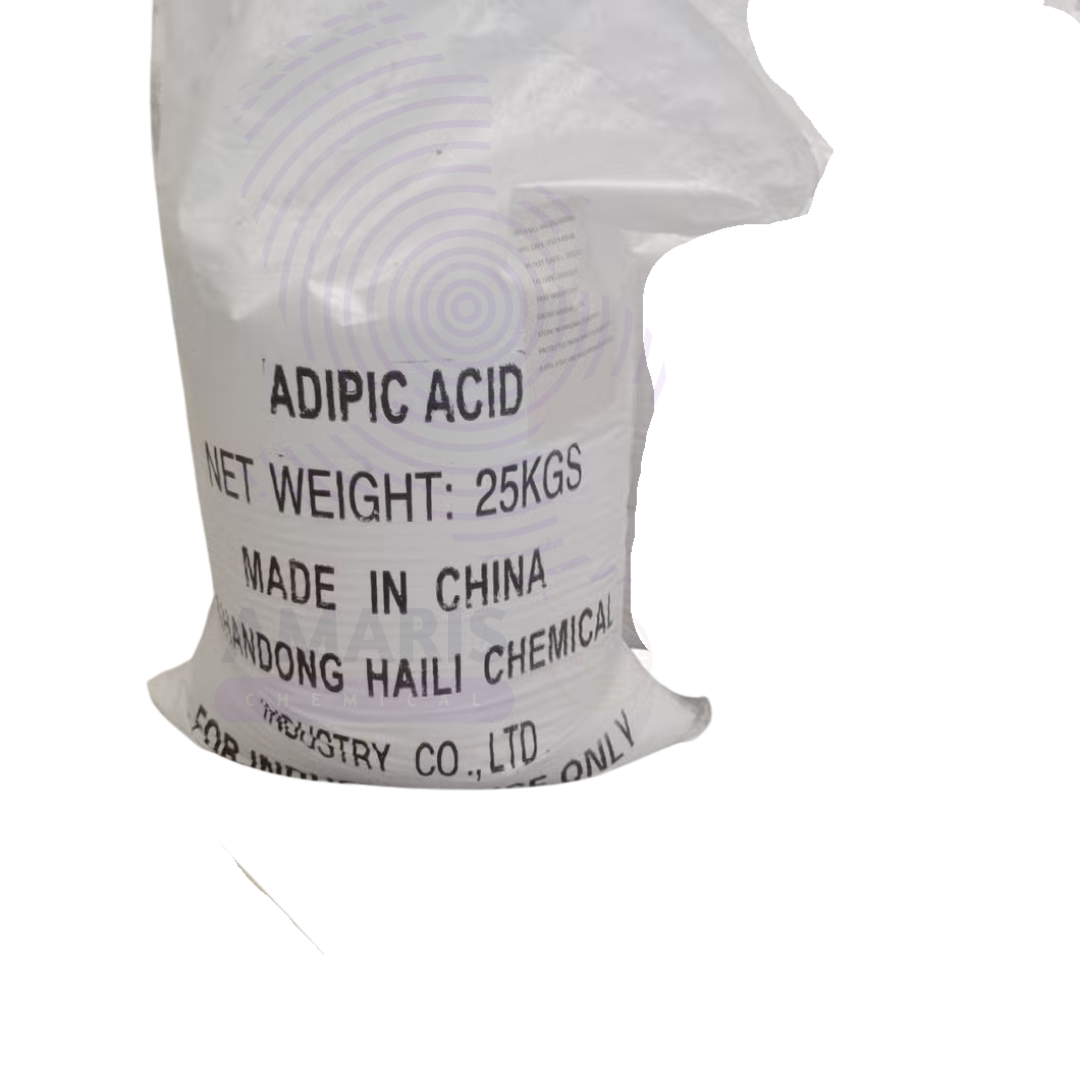


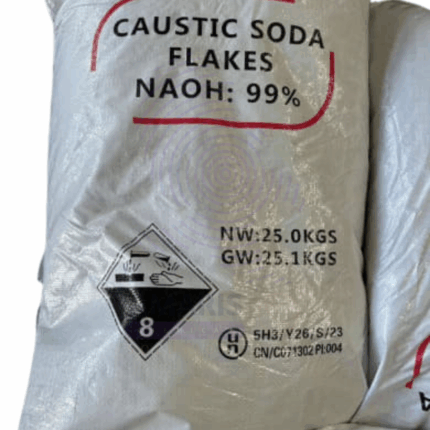
![Diethanolamine [C4H11NO2 or (CH2CH2OH)2NH] Amaris Chemicals](https://amarischemicalsolutions.com/wp-content/uploads/2025/07/Diethanolamine-C4H11NO2-or-CH2CH2OH2NH-Amaris-Chemicals-430x430.png)
